In New England, Architects and Designers are Going Back to the Future
From seasoned industry leaders to rising promises, a community of trailblazers is uniting in support of the Northeastern Unites States' diverse design and architectural heritage to answer one question: what's next?
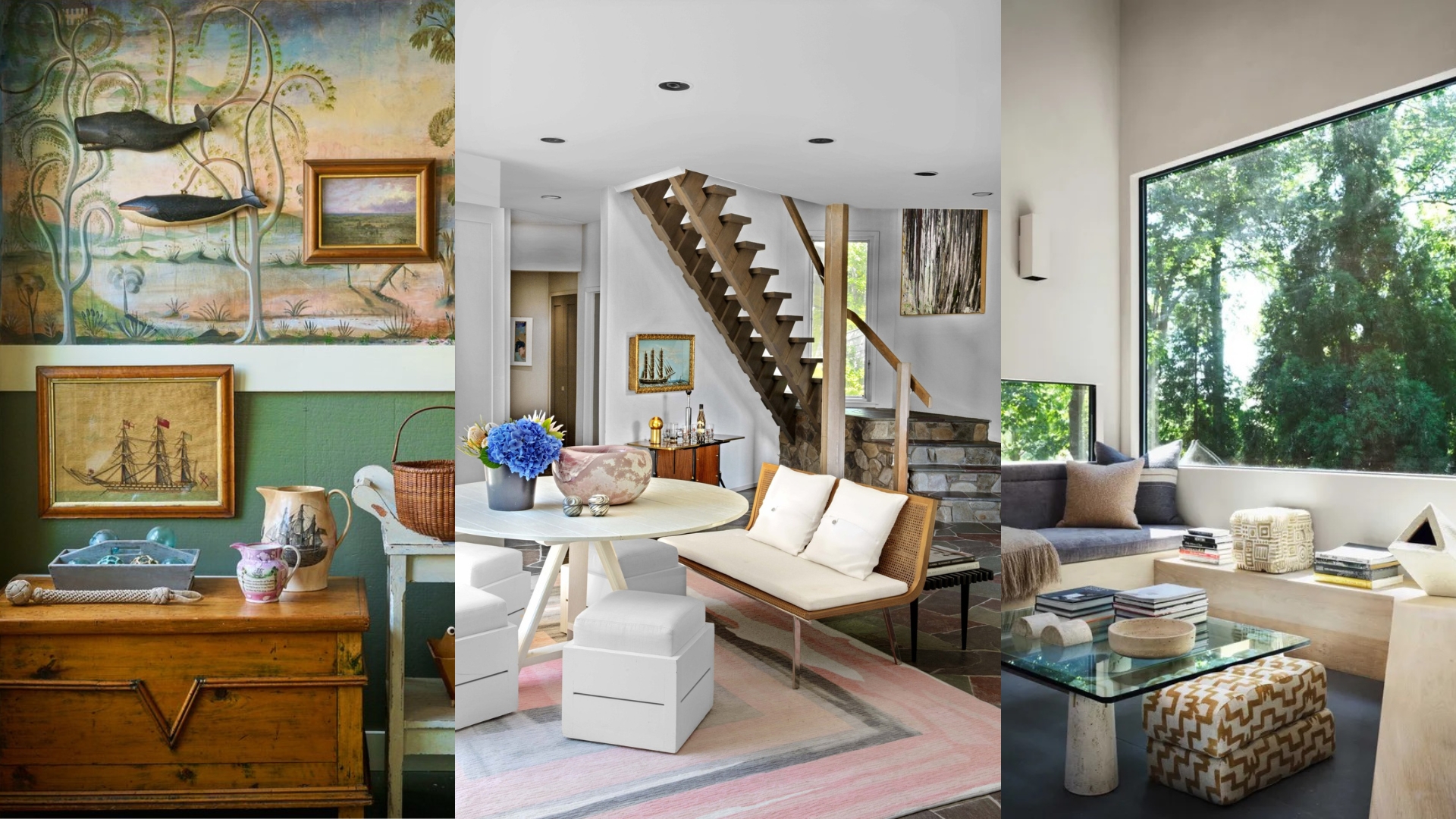

While July and August are quiet months for the creative industry, a series of design weeks and standalone events across Newport, Nantucket, and the Hamptons have kept New England and the broader Northeastern United States abuzz. At the top of the agenda: Discussing the now and the next of the area's layered architectural and interior design scene.
From Connecticut to Maine, Massachusetts, New Hampshire, Rhode Island, and Vermont, New England is considered by some to be "the birthplace of America," dating back to 1620, when British settlers established the Plymouth Colony in today's eponymous Massachusetts town. With a surface of nearly 72,000 square miles and a leading role in US history and culture, as far as interior design trends go, New England has long been synonymous with charming comfort, researched craftsmanship, and balance.
Though those principles still apply to the work of architects and designers active in the area, new areas of focus — notably, how best to protect the region's heritage and pass it down to the younger generations — are informing their approach to envisioning spaces. With the nearby Long Island and its affluent Hamptons serving as a bulwark of Modernism, as attested by the Frank Lloyd Wright, Andrew Geller, and George Nelson residential masterpieces still rising across them, this portion of the US has always been a watershed between contrasting cultural moments and design ideas.
Today though, rather than diverging over their vision, New England's community of designers is coming closer together to ensure each approach can stand the test of time and explore viable ways forward.
New England — Timeless, Made-to-Live Houses that Span Generations
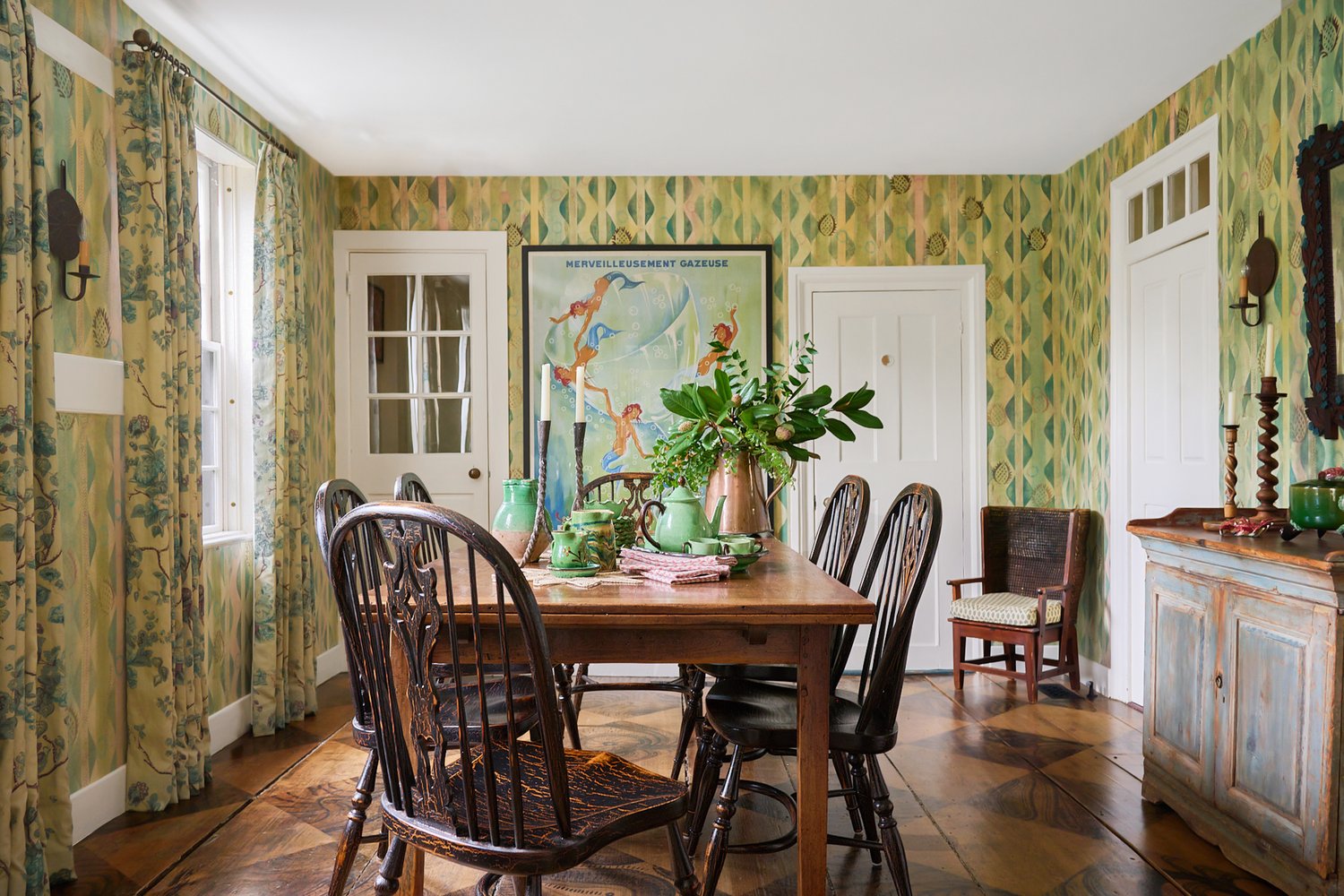
For Michelle Holland, second-generation owner of Nantucket House Antiques & Interior Design Studios, which she joined in 2012, this renovated attention to New England's roots stems from a greater public understanding of the interior design world and its positioning within it. "When Nantucket House was established in the early 1970s, the notion of interior design did not exist as it does today," she tells me. Back then, the island, which marks the southeasternmost point of Massachusetts and the wider New England area, had a much smaller population and was an artists' colony of sorts.
A summer destination exclusively accessible by long ferry rides, it boasted historic houses "relatively untouched and very simple," adds Holland, who was one of the speakers spotlighted at the 9th edition of the annual creative summit Nantucket by Design (July 15-18). "My in-laws, Nantucket House's co-founders, Sandy and Huddy, were the first shop to offer interior design as a service. And, as a result, they had a real hand in establishing a 'Nantucket style,'" she says. Since its inception, this has always focused on "preserving historic details and the work of local artists and craftsmen."
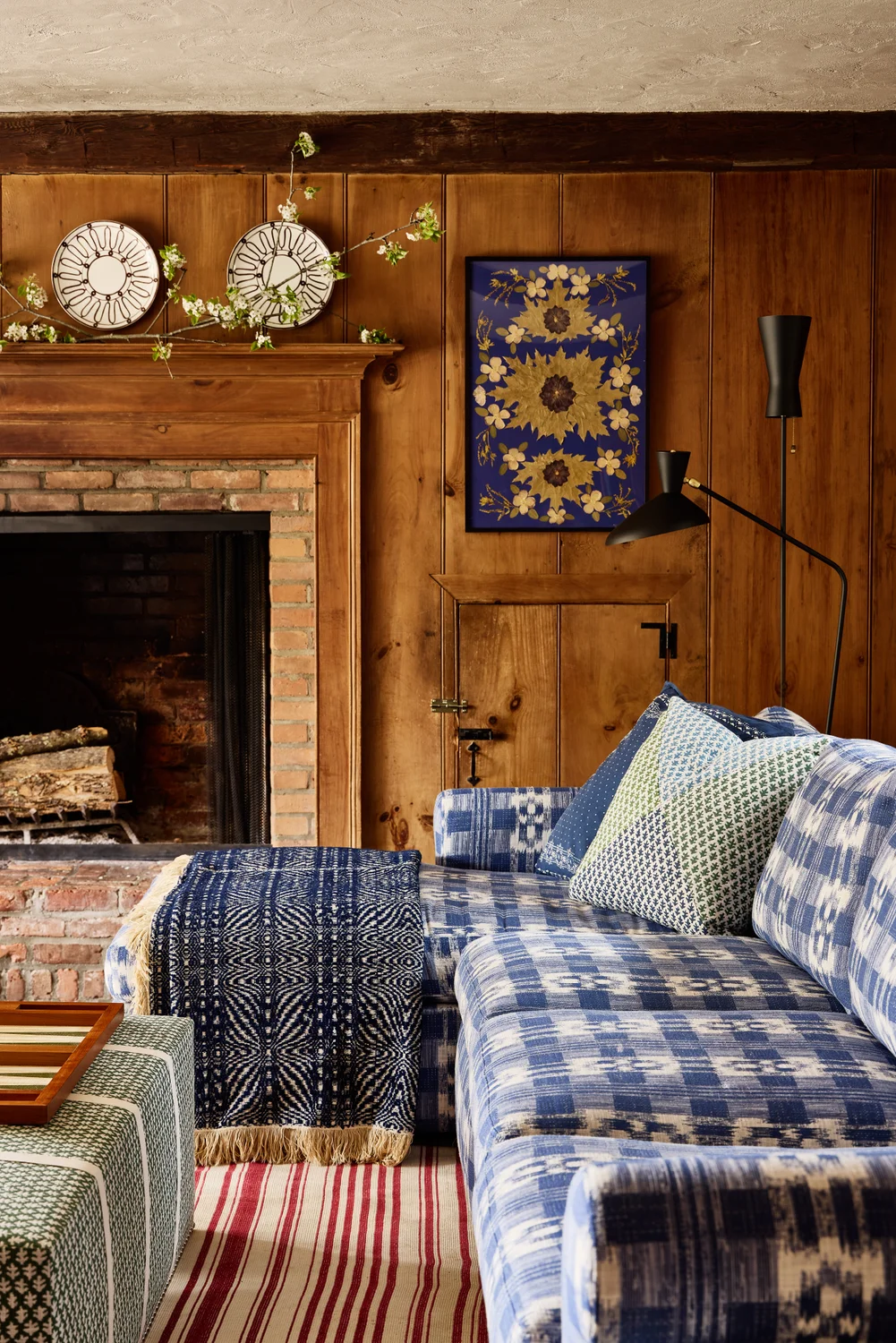
Still, Nantucket — and wider New England — design is anything but stuck in the past. Creating a home in this specific region of the US means prioritizing the needs of those who inhabit it, constantly reassessing its criteria based on personal, professional, and leisure needs rather than adhering to fixed aesthetic principles. "Everything we make is made for designers and design enthusiasts alike to play in their houses and enjoy the process of decorating," says New York-based Eliza Harris, chief creative officer of legendary American heritage textile and wallcovering brand Sister Parish.
Be The First To Know
The Livingetc newsletters are your inside source for what’s shaping interiors now - and what’s next. Discover trend forecasts, smart style ideas, and curated shopping inspiration that brings design to life. Subscribe today and stay ahead of the curve.
As the great-granddaughter of groundbreaking interior decorator Sister Parish, Harris, who took part in this year's East Hampton Design Social Pop-Up (July 11), believes that clients should live to the fullest in their homes. "You should be having fun with, entertaining, and welcoming children as well as pets in them — that's what our products stand for." Following in her great-grandmother's footsteps, who launched the label at age 23 during the height of the Great Depression, Harris conceives the house as "an ever-evolving, living thing." And it isn't a coincidence if she tells me so from Parish's own home in Maine, the place where she grew up, and one of her grandmother's earliest laboratories.
When Keeping it Simple Means Keeping it Contemporary

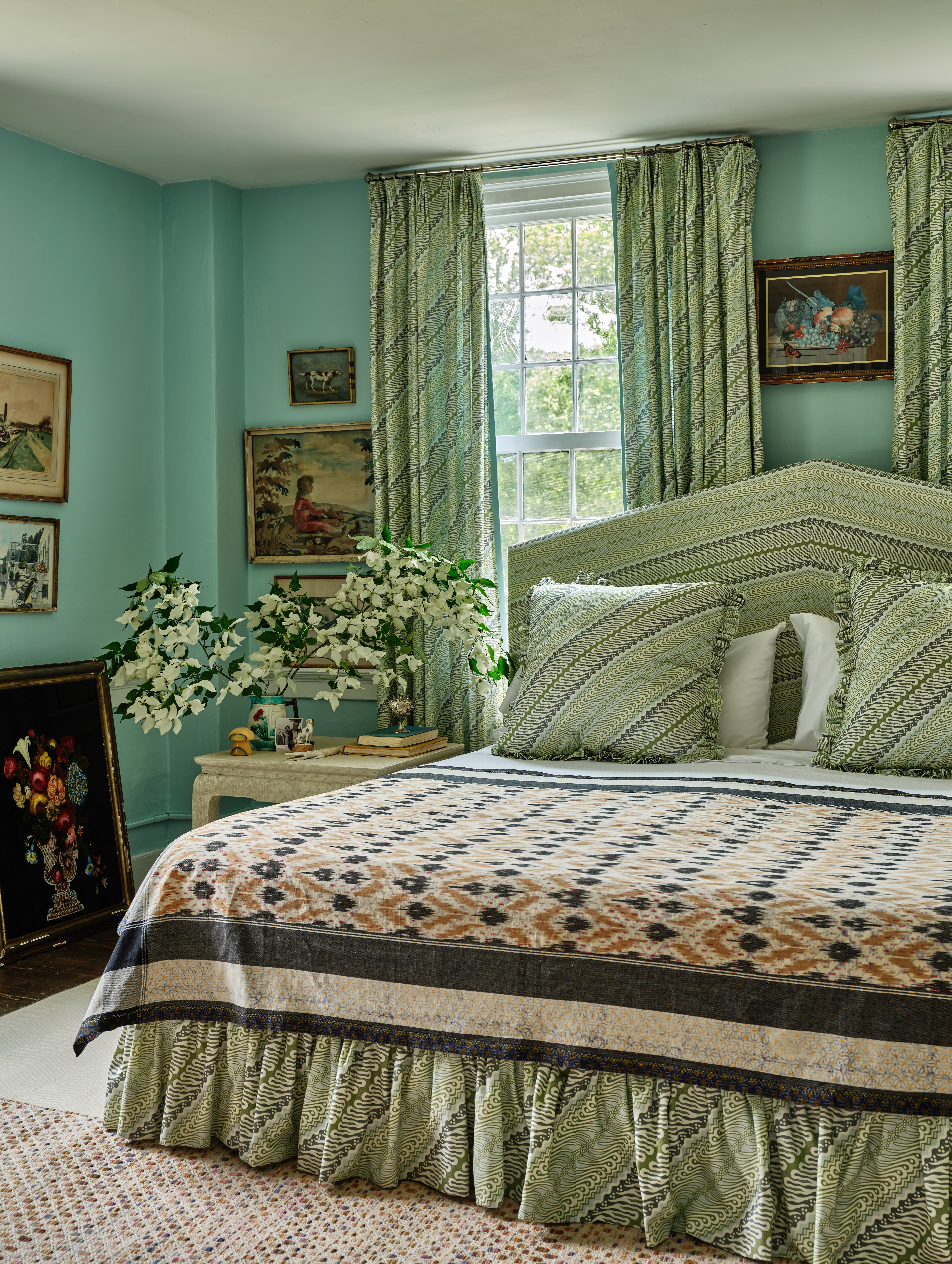
Rather than buying to fill a void, she hopes Sister Parish customers "purchase things they love and want to pass down, finding joy in bridging unlike eras and conflicting design sensibilities." This livable, generational vision of design is one that Holland cultivates in her own business. "All of our clients have houses conceived to accommodate extended groups of friends, family, and their pets," says the owner of the Nantucket institution. "I often work with the children of my mother-in-law's clients and enjoy incorporating sentimental family pieces."
If plush furniture, pastel-shaded wallpaper, playful collectibles, paneled wooden kitchen cabinets, walls as well as flooring, and bright wide windows are all integral to a New England-style house, thinking of ways to maintain the freshness of this aesthetic and reinvent it for the contemporary dweller is equally important to its survival. "Adding a layer of contemporary art to the mix helps make the design personal and current," explains Holland, while Harris is keeping her brand rooted in the present by experimenting "with durable fabrics obtained from recycled plastic bottles".

For Nantucket local Ray Pohl, co-founder of residential architectural firm Botticelli & Pohl, the answer lies in looking out to the island for direct inspiration. "Ideally, a house should be a logical extension of its environment, a natural progression of the landscape," he tells me. Because Nantucket is a historic landmark, the architectural features of new builds need to comply with heavily regulated norms. As a result, "our options on the exterior tend to be limited to the simple traditions of the original Quaker style and its later iterations," Pohl says. Rather than seeing it as a constraint inhibiting their creativity, the studio embraces the rules "as a reminder that the true goal of architecture is simplicity, peace, and repose."
With more freedom to play with in the development of interior spaces, Pohl — who recently joined Holland at the latest Nantucket by Design festivities for a panel discussion exploring the role of the island's heritage in modern design — explains that the firm prides itself on catering to a variety of tastes and desires reflective of the community's subjective conception of domesticity. Seamlessly blending the traditional and the new in quirkily stylish, elegant houses, Botticelli & Pohl's projects stress the importance of going back to the basics. "If the chief goal of architecture is to create spaces that provide tranquility for those who live there, we find that organization, definition, and proportion should dictate the design process from beginning to end," Pohl adds.
A Glimpse into the Future — Looking Back to Look Forward

Others, like Australian-born, New York-based architect and interior designer Timothy Godbold, found an opportunity in Long Island's rich modernist architecture to feel at home away from home. Godbold is keen on raising awareness of the movement's relevance today and drawing from it for new forward-thinking projects. The son of an architect, Godbold grew up in a modernist house in the hyper-young city of Perth, which explains why the 20th-century style is "what my eye knows and understands better," he tells me. Having earned himself a name within the industry for his sinuous, punchy interior aesthetic, the designer took the helm of Hamptons 20th Century Modern in 2020, overseeing the non-profit he launched to safeguard local modernist architecture from the threat of demolition.
"The idea for Hamptons 20th Century Modern came to me after learning that Norman Jaffe's 1977 Lloyds House, a house I really loved, had been torn down," Godbold says. Convinced of the enduring influence of the architectural school on the contemporary scene, he joined forces with esteemed architecture critic Paul Goldberger to research its presence in the Hamptons and set up an organization that would guarantee its existence in the future. Today, Godbold, who has designed his very own Southampton Lair in the area, runs a range of educational activities aimed at promoting greater understanding and conservancy of these iconic residences, including annual home tours of some of his favorite ones.
Long Island — Protecting the Enduring Legacy of Modernism

This year's event, scheduled for August 10 and 11, will kick off by taking participants into the hexagonal rooms of the George Nelson House: the only Montauk home to bring the signature of the legendary modernist pioneer, designed in collaboration with his partner Gordon Chadwick between 1955 and 1958. Recently purchased and restored by polymathic architect Lauren Rottet — who will wrap up the tour with a conversation with USModernist's founder and CEO, George Smart — the residence exemplifies the harmony between architecture and landscape that leading modernists aspired to unlock in their work. The following day, tour-goers will continue their discovery of the Hamptons' architectural heritage by visiting some of its foremost modernist exemplars, including Richard Meier's Saltzman House (1969), Peter Blake & Julian Neski's Russell House (1957), and Andrew Geller's Frisbie House (1957).
"Imagine if, say, in 10 years' time, Modernism did actually make a comeback, and Yale and Harvard students having to research it in the Hamptons would find out there's none of those houses left," Godbold says. "That's exactly why I started Hamptons 20th Century Modern — in order to give those architecture students something to look at. This year, we have a new ticket available, made specifically for them and highly discounted. We have even had people buy tickets and offer them for free to students so that they could be a part of this."

While there aren't a lot of young people on these home tours, the future of these buildings — and that of the Northeastern United States' design and architectural scene as a whole — is in their hands. "Custodians, that's the word I was looking for, and what I am currently after — the next generation of custodians," the designer concludes. "Should anyone be keen to get involved, just know I am interviewing."

Gilda Bruno is Livingetc's Lifestyle Editor. Before joining the team, she worked as an Editorial Assistant on the print edition of AnOther Magazine and as a freelance Sub-Editor on the Life & Arts desk of the Financial Times. Between 2020 and today, Gilda's arts and culture writing has appeared in a number of books and publications including Apartamento’s Liguria: Recipes & Wanderings Along the Italian Riviera, Sam Wright’s debut monograph The City of the Sun, The British Journal of Photography, DAZED, Document Journal, Elephant, The Face, Family Style, Foam, Il Giornale dell’Arte, HUCK, Hunger, i-D, PAPER, Re-Edition, VICE, Vogue Italia, and WePresent.
-
 Jeremiah Brent Captures the Grit and Glamour of NYC in His New Loloi Collaboration
Jeremiah Brent Captures the Grit and Glamour of NYC in His New Loloi CollaborationThe TV-famous interior designer looked out of his own window — and hit the pavement — for a collection that turns city spirit into tactile design
By Julia Demer
-
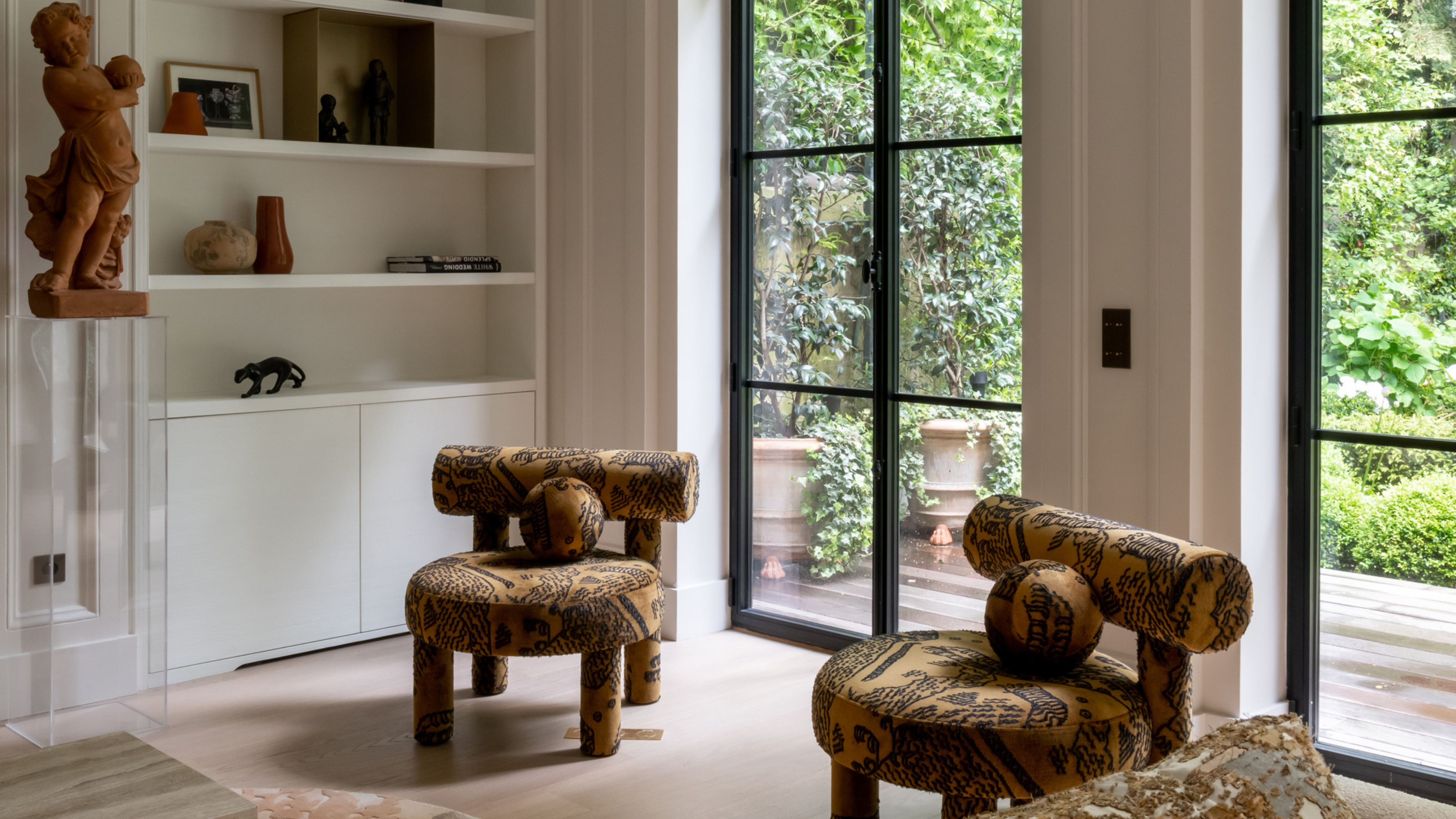 This Specific Fabric Print Is Literally Everywhere Right Now — Here's Why
This Specific Fabric Print Is Literally Everywhere Right Now — Here's WhyIt's whimsical, artistic, and full of character. We've called it already: Dedar's 'Tiger Mountain' is the fabric that will define 2025
By Devin Toolen